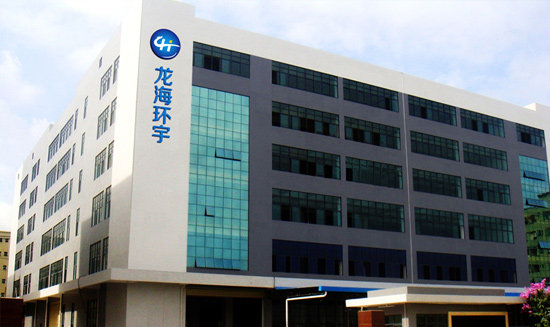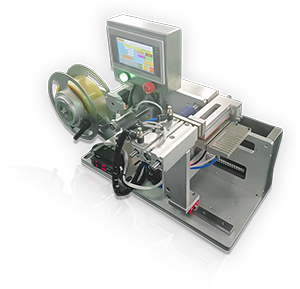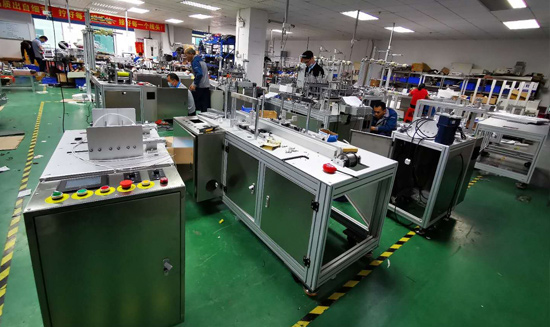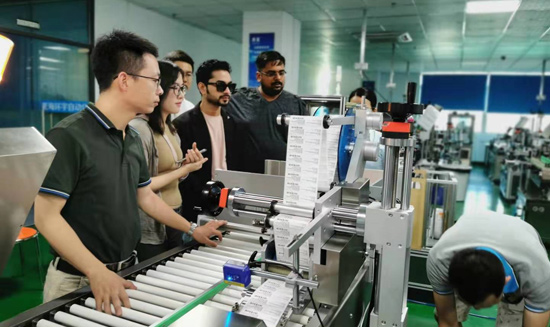关于我们
工业视觉检测解决方案AOI检测 高效精准识别瑕疵
Time:2025-05-15
Page views: 1408次
工业机器视觉技术是用机器代替人眼进行测量和判断的技术,通过将摄取目标转化为图像信号,经处理抽取特征并控制设备动作。它可提高生产柔性和自动化程度,应用于危险或人工视觉难以满足要求的场景,能提升生产效率和产品质量,还便于信息集成。
系统组成
- 光源:用于提供照明,不同类型光源在价格、亮度、稳定性等方面存在差异,选择时需考虑检测需求。
- 镜头:有多种分类方式,其参数影响成像效果,选型时要综合考虑系统精度、工作空间等因素。
- 工业相机:根据图像传感器、输出颜色、传感器类型和输出信号等可分为不同类型,选择时需关注系统精度、速度等要求。
- 图像采集卡:是图像采集与处理的接口,负责将模拟信号转换为数字信号,其参数和功能影响图像采集质量。
涉及技术
工业机器视觉是一个综合技术领域,涵盖了多个关键技术和组件:
视觉算法
工业机器视觉算法是图像处理算法的子集,针对工业应用具有可控照明条件、对被检工件有先验知识、要求高效率和高可靠性等特点。图像处理基本步骤包括预处理、分割、特征提取等,其中预处理算法有滤波、形态处理、二值处理和图像算数等,用于增强图像、去除噪音;后续步骤可实现目标分割、特征计算和边缘检测等功能,还可通过模板匹配、几何特征匹配等方法进行目标识别和测量。此外,视觉系统标定用于矫正图像畸变,关联现实与相机尺度,立体视觉则可重构场景三维几何信息。
应用领域
工业机器视觉技术广泛应用于多个行业,在各行业的质量检测、尺寸测量、目标识别和定位等方面发挥重要作用:
- 消费级产品:如消费电子产品加工等,可用于产品外观缺陷检测等。
- 工业级产品:在汽车制造、半导体、PCB、SMT等领域,可进行零件检测、IC字符读取等。
- 生物医学:如精子跟踪、医疗设备故障检测等。
- 安全:例如驾驶员注意力检测等。
- 物流和仓储:用于识别和跟踪货物,通过自动识别货物的标签、条形码等信息,实现货物的快速分类、存储和运输。
- 智能仪器:可以检测和识别仪器的状态和位置,帮助维护和管理,如在医疗领域检测医疗设备的故障或异常情况。
- 食品饮料:像红枣分拣等。
- 制药:药品质检等。
系统搭建和评估
搭建系统时,需根据项目检测条款选择合适的灯源、镜头和相机,并进行项目试验,建立检测程序原型,记录试验结果。评估机器视觉项目时,灯源、镜头、相机选型以及项目试验都是重要的考量要素,通过综合评估这些方面,可确保系统满足项目需求。
发展趋势
- 技术创新不断涌现:随着人工智能、深度学习等技术的不断发展,机器视觉技术也在不断创新和进步。未来,机器视觉系统将更加智能化、自主化,能够更好地适应各种复杂环境和任务需求。
- 应用领域不断扩大:除了传统的制造业、电子行业、汽车行业等领域外,机器视觉技术将逐渐渗透到医疗、农业、物流、安防等其他行业。同时,在AI、自动驾驶、人脸识别等新兴技术的带动下,市场规模将继续保持较高的增速。
- 集成化与模块化:未来的机器视觉系统将更加集成化和模块化。集成化的机器视觉系统将具备更强的功能和性能;模块化的机器视觉系统将更加灵活和可定制,能够根据用户的需求进行快速部署和配置。
- 3D机器视觉检测应用增加:3D机器视觉检测应用范围愈发广阔,其在提高产品质量和生产效率方面的作用将更加显著。
- 多技术融合:随着机器视觉技术与物联网、大数据、云计算等技术的融合,将推动工业机器视觉技术向更加智能化、自动化的方向发展。
下一篇:
快速掌握视觉贴标机的学习与使用













 微信咨询
微信咨询